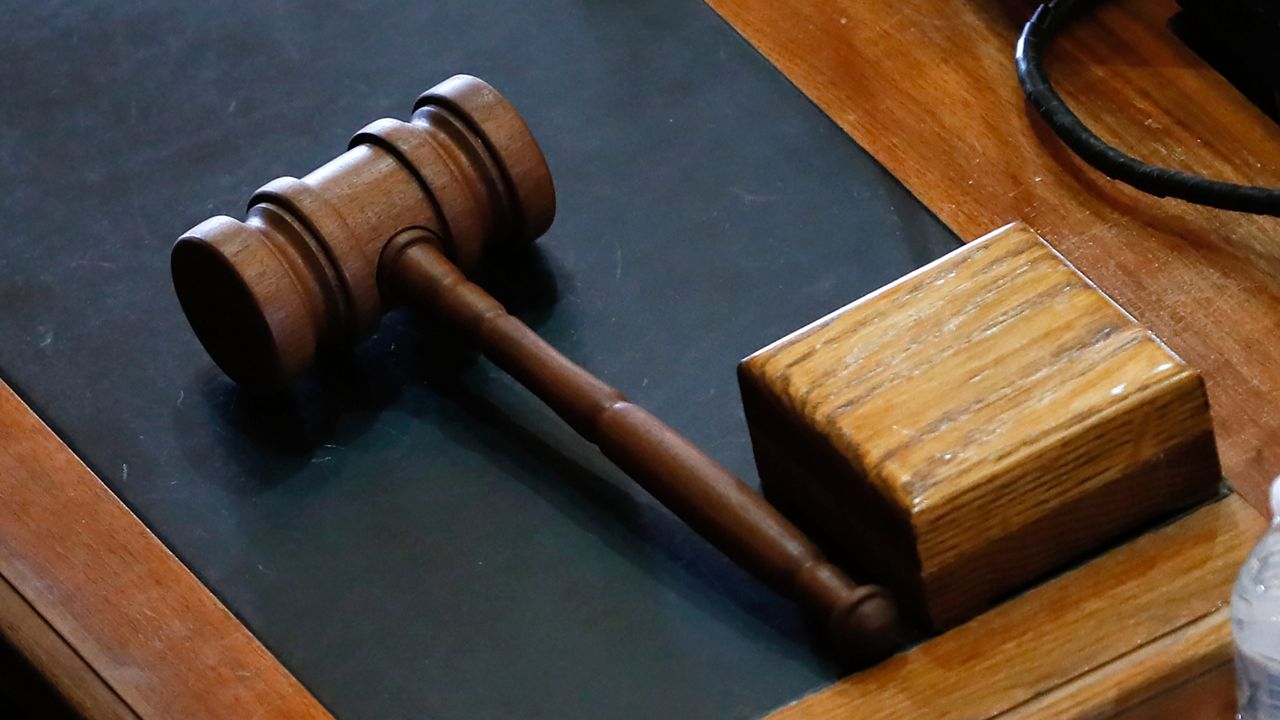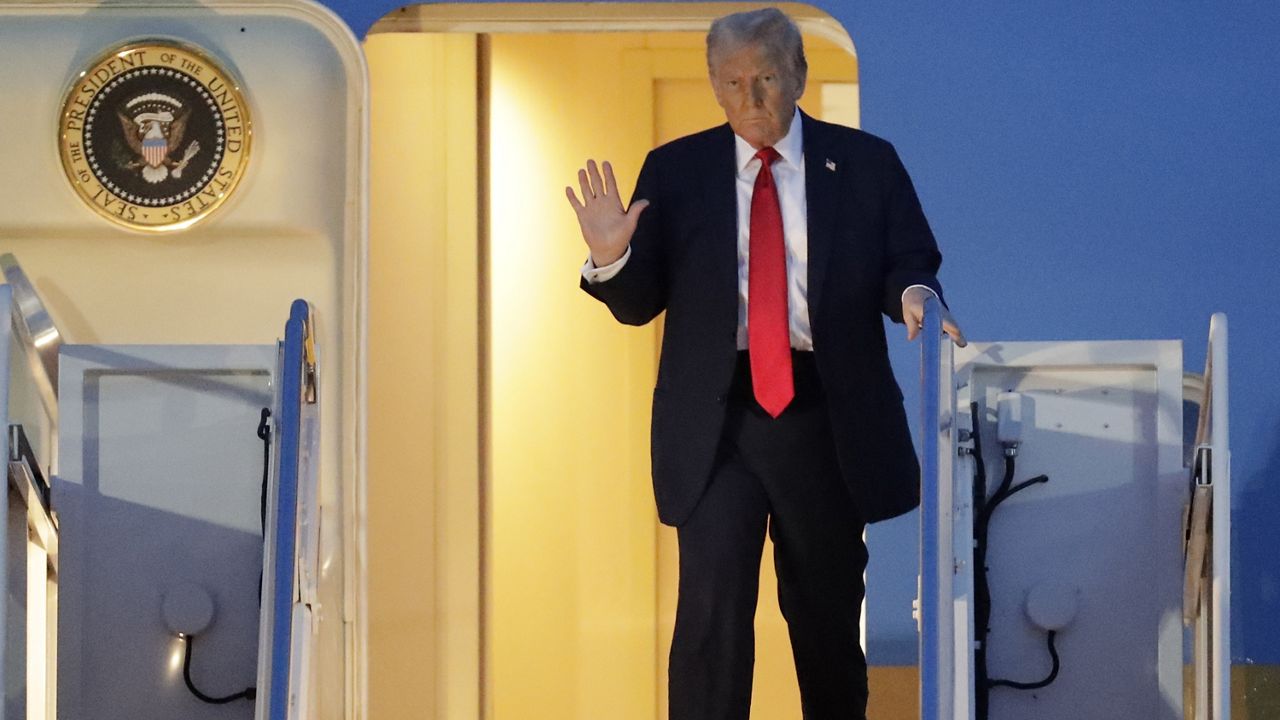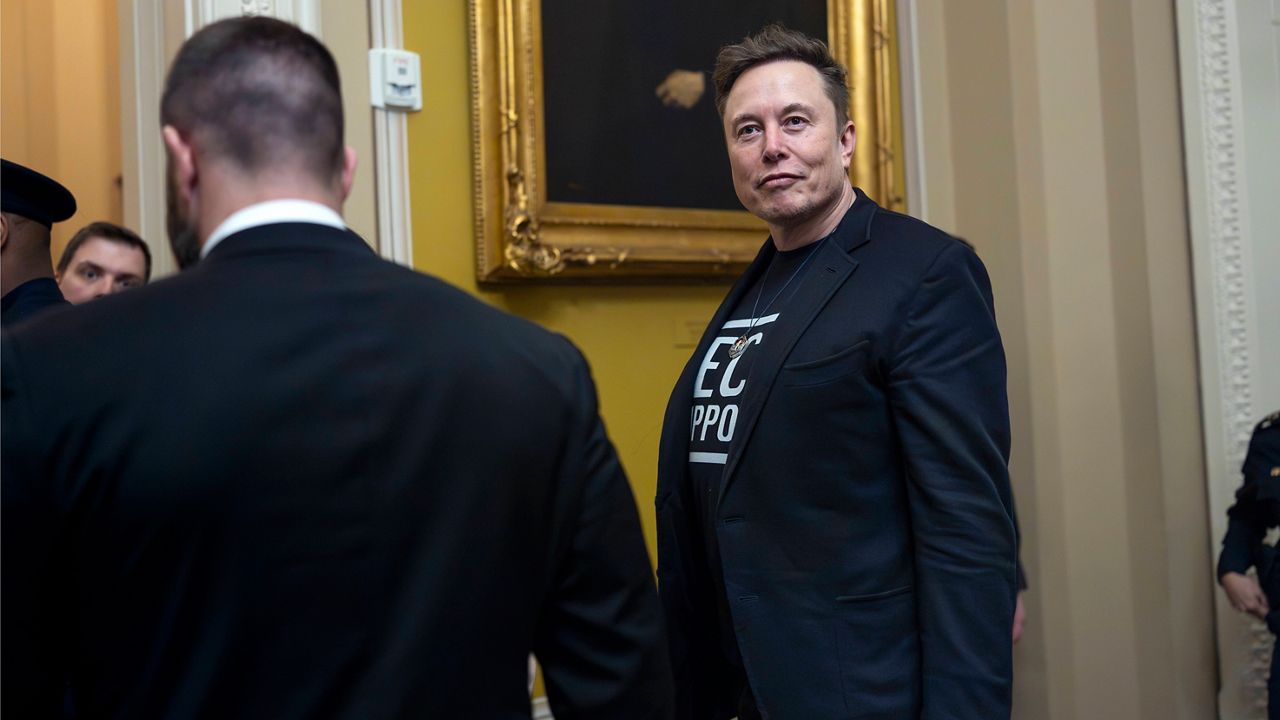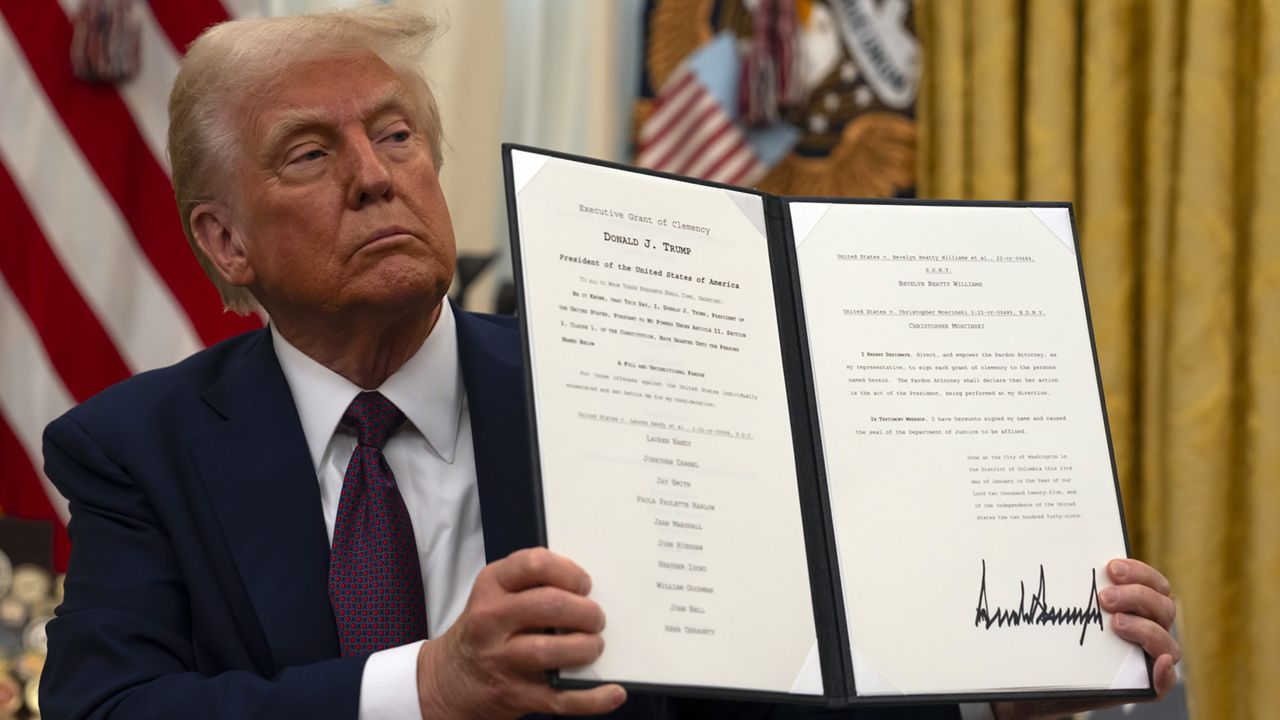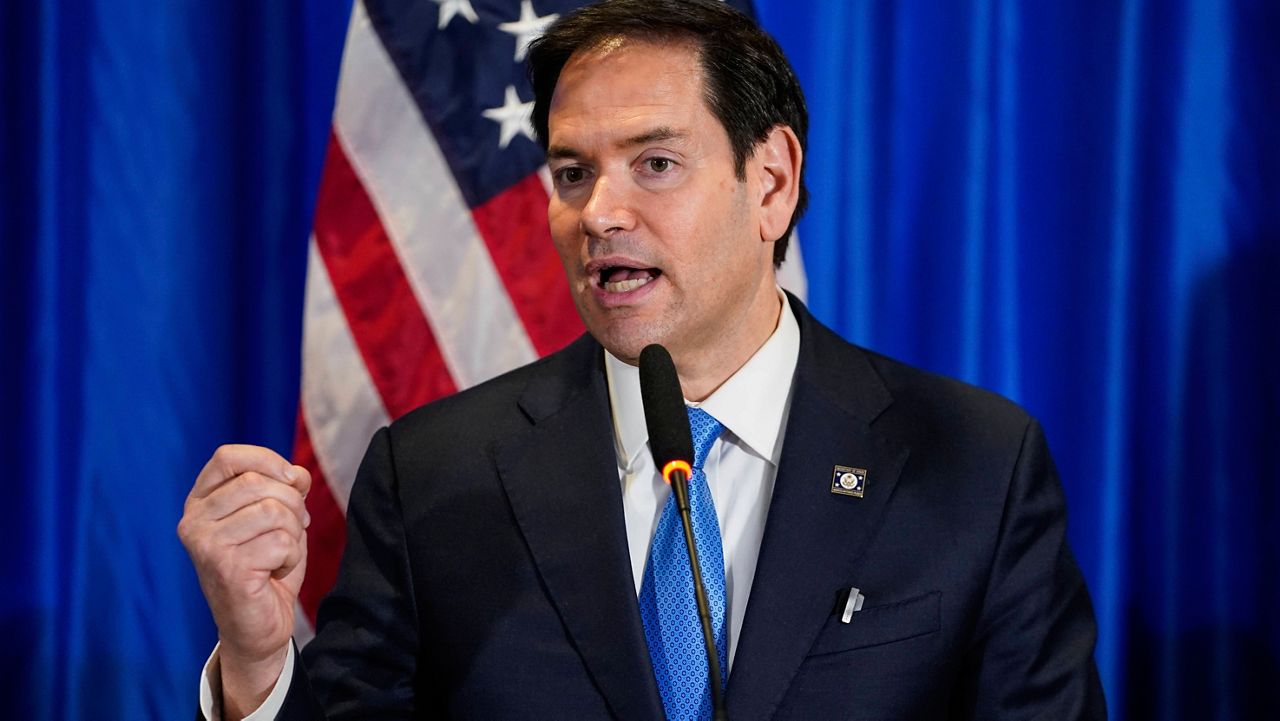WASHINGTON — President Donald Trump on Wednesday threw his weight behind the House’s approach to passing his legislative agenda over the Senate’s plan, which is set for a vote in the next few days, potentially bringing to a head a debate between the two GOP-controlled chambers of Congress that has been escalating for weeks.
“The House and Senate are doing a SPECTACULAR job of working together as one unified, and unbeatable, TEAM, however, unlike the Lindsey Graham version of the very important Legislation currently being discussed, the House Resolution implements my FULL America First Agenda, EVERYTHING, not just parts of it!” Trump wrote in a post on his social media site Truth Social.
He went on to urge both chambers of Congress to pass the House approach that looks to move on his border, energy and tax priorities in “‘ONE BIG BEAUTIFUL BILL.’”
House Speaker Mike Johnson, R-La., promptly responded to the statement in a post on X, writing Trump is “right” and noting his conference is working to pass the president’s “FULL agenda - not just a small part of it.”
Trump’s nod to the House approach came less than 24 hours after Senate Majority Leader John Thune, R-S.D., declared in a post on X that it was “time to act,” announcing that his chamber will move forward with a vote on a plan crafted by Senate Budget Committee Chair Lindsey Graham, R-S.C., to provide funding for the border, energy and the Pentagon now while saving addressing the president’s tax-cut goals later. The move would put the Senate out in front of the House in a process typically kicked off in the lower chamber.
“Securing the border, rebuilding our defense, and unleashing American energy,” Thune wrote. “That starts this week with passing Chairman @LindseyGrahamSC’s budget.”
The two Republican-controlled chambers of Congress have been bogged down in a debate since Trump retook the White House last month about whether to move his energy, border and tax priorities in one bill or two. House leadership has pushed for the single-bill approach as Johnson navigates a tricky conference and incredibly tight margin while the Senate has favored the two-thronged approach. Trump has indicated he preferred one bill but had declined to concretely take a side in the matter until Wednesday.
Graham — who previously noted on X that while he, too, preferred one bill, “reality is something altogether different" — celebrated Thune’s announcement to hold a vote on his plan, writing Tuesday: “We’ve got to keep our foot on the gas.”
“Taking up the budget resolution this week now puts us one step closer to the most transformational border security bill in history,” he said in a statement. “Time is of the essence.”
Graham has pointed to Trump’s border czar, Tom Homan, and Homeland Security Secretary Kristi Noem, warning that money is running dry to carry out the president’s ambitious immigration crackdown.
Following Thune’s announcement Tuesday, Johnson responded by declaring the House remains “laser-focused on sending our bill to President Trump’s desk,” also noting here that his chamber’s version implements all of Trump’s agenda as opposed to “parts of it with promises to come back later for the rest.”
The House is out of session this week, but its resolution setting forth a path to passing the agenda cleared a key vote last week. House Majority Leader Steve Scalise, R-La., told Punchbowl News that the full House will vote on their plan next week.
The current plan moving forward in the Senate looks to provide more than $300 billion in funding for defense and border security and address Trump’s domestic energy production priorities. Graham said his plan would be “fully paid for” by finding spending cuts in other programs.
The House approach includes money for the same issues but also includes trillions of dollars in tax cuts and an increase to the debt limit, which is set to be reached early this summer.
The Republican-controlled Congress is looking to pass Trump’s domestic agenda through a somewhat complicated process called budget reconciliation, which would allow legislation to move through the Senate without any Democratic support. But lawmakers are also facing a March 14 deadline to figure out a way to avoid a government shutdown, as they still have not passed a budget for the full fiscal year, which started in October, and have been relying on short-term funding patches.






